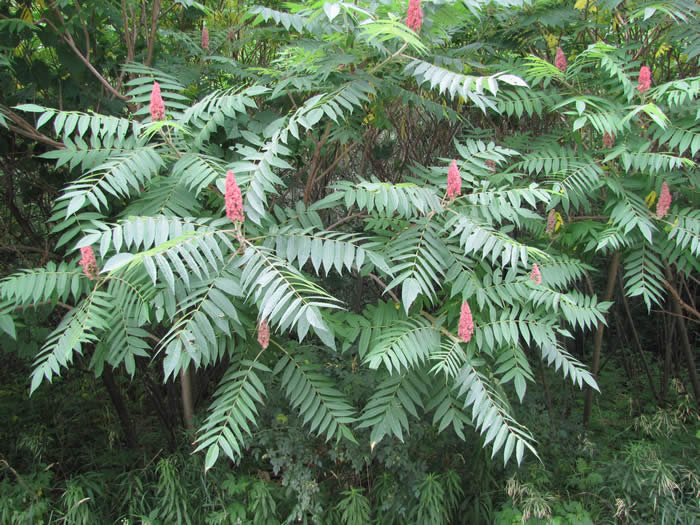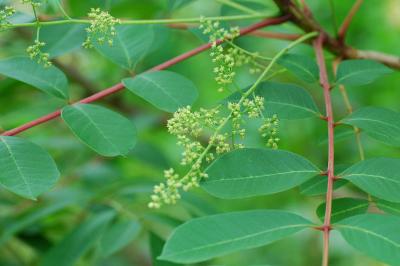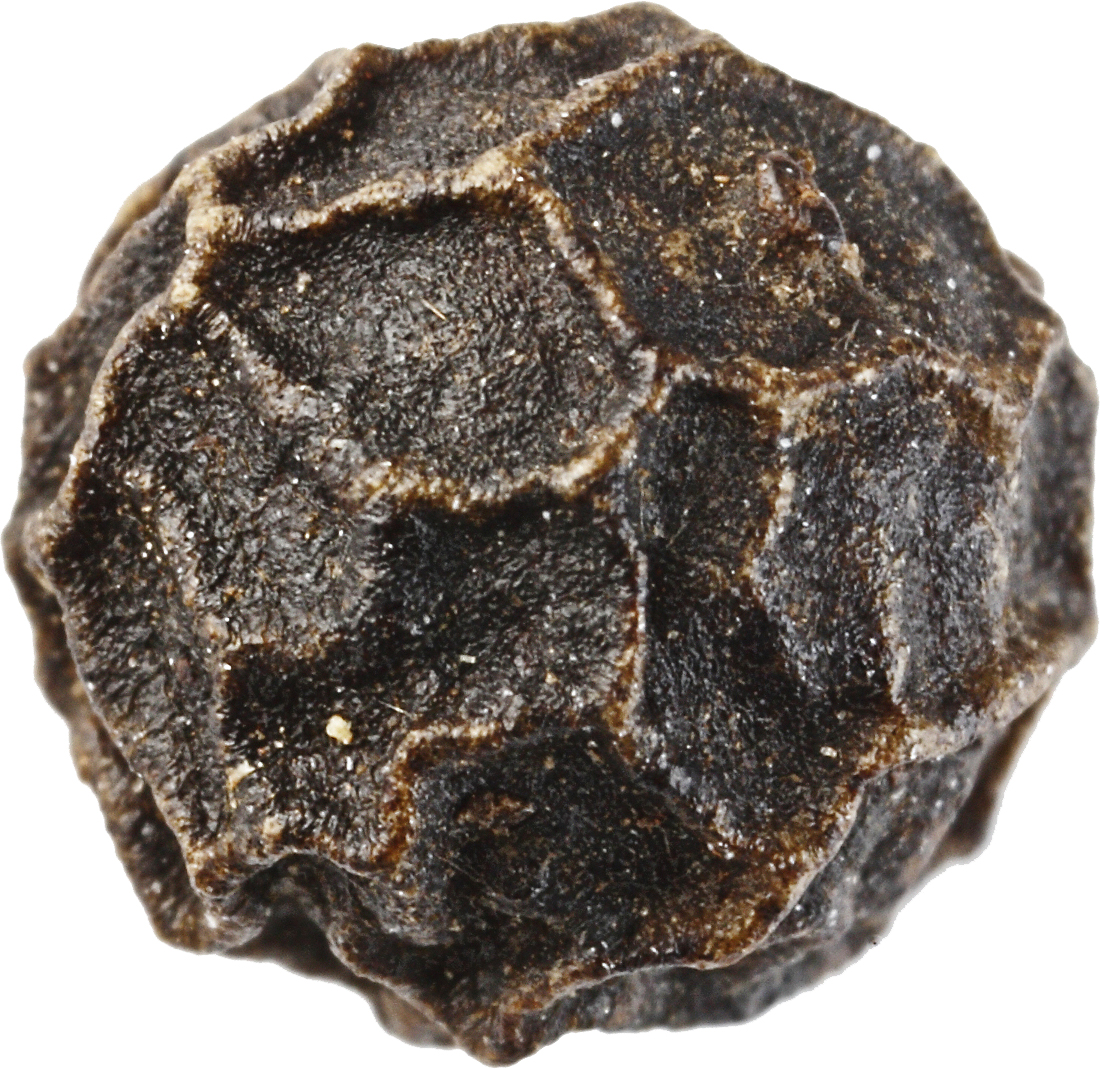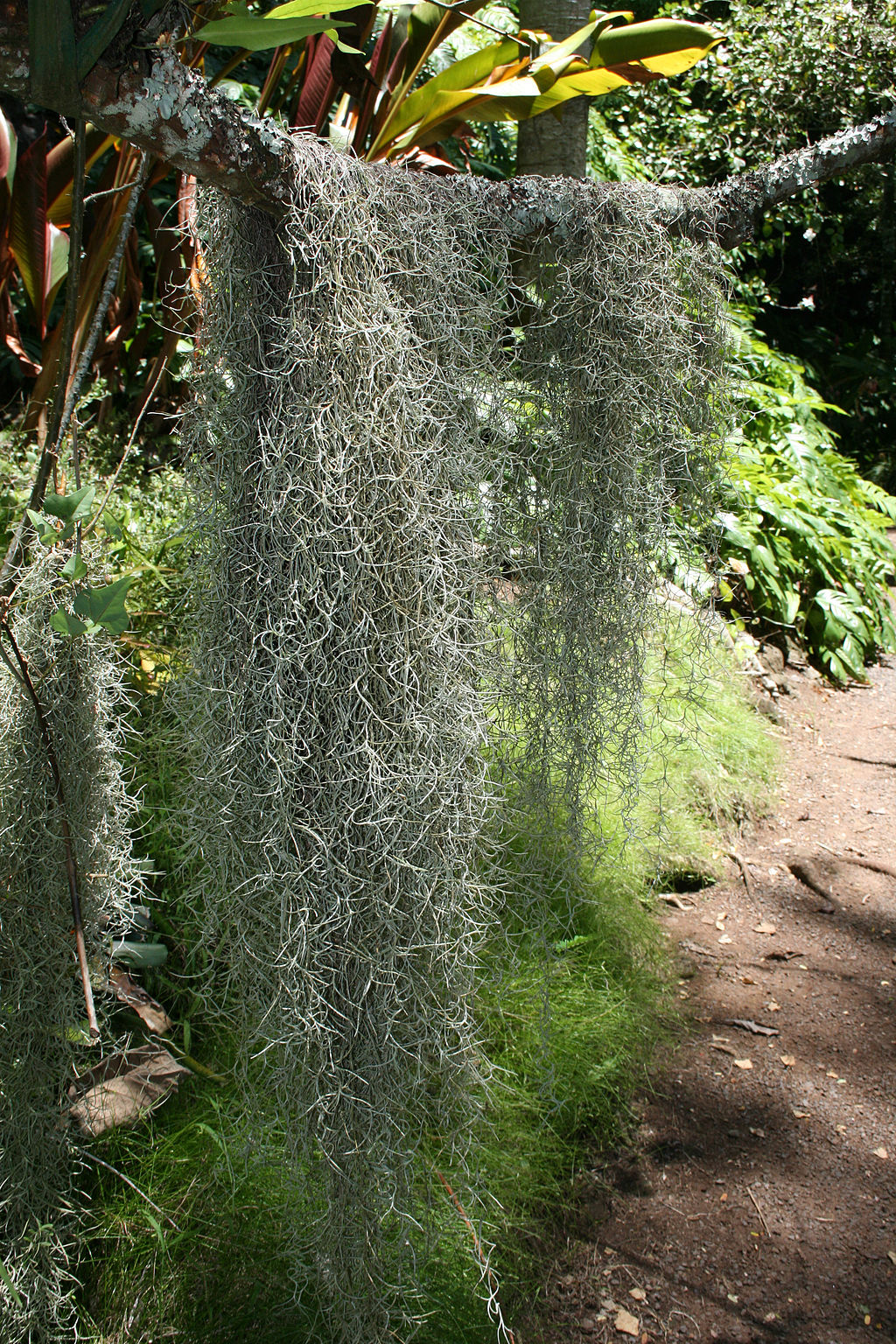Part One: Common vs. Scientific Names

When I was a kid growing up on a farm in southwestern Ontario, sumac seemed to be everywhere, with its long, spindly stems, big, spreading compound leaves, and fuzzy red berries. I always found the plant beautiful, and had heard that First Nations people used the berries in a refreshing drink that tastes like lemonade (which is true… here’s a simple recipe). But often, we kids were warned by adults that this was “poison sumac,” not to be touched because it would give us itchy, burning rashes, like poison ivy did. In fact, plenty of people would cut down any nascent stands to prevent this menace from spreading. We were taught to fear the stuff.

It was many years later before I learned that the red-berried sumacs I grew up with were not only harmless, but were also not closely related to the poisonous plant being referred to, which, as it turns out, has white berries and quite different leaves. Scientifically speaking, our innocent shrub is Rhus typhina, the staghorn sumac, while the rash-inducing plant is called Toxicodendron vernix. Not even in the same genus. Cautious parents were simply being confused by the similarity of the common names.
This story illustrates one of the ironies of common names for plants (and animals). Though they’re the way nearly everyone thinks of and discusses species, they’re without a doubt the most likely to confuse. Unlike scientific (Latin) names, which each describe a single species and are, for the most part, unchanging, a single common name can describe more than one species, can fall in and out of use over time, and may only be used locally. Also important to note is that Latin names are based on the taxonomy, or relatedness, of the species, while common names are usually based on either appearance, usage, or history.
This isn’t to say that common names aren’t valuable. Because common names describe what a plant looks like or how it is used, they can convey pertinent information. The common names of plants are also sometimes an important link to the culture that originally discovered and used the species, as in North America, where native plants all have names in the local languages of First Nations people. It seems to me, although I have no hard evidence to back it up, that these original names are now more often being used to form the Latin name of newly described species, giving a nod to the people who named it first, or from whose territory it came.
One high profile case of this in the animal world is Tiktaalik roseae, an extinct creature which is thought to be a transitional form (“missing link”) between fish and tetrapods. The fossil was discovered on Ellesmere Island in the Canadian territory of Nunavut, and the local Inuktitut word “tiktaalik”, which refers to a type of fish, was chosen to honour its origin.
But back to plants… Unlike staghorn sumac and poison sumac, which are at least in the same family of plants (albeit not closely related within that family), sometimes very distinct species of plants can end up with the same common name through various quirks of history. Take black pepper and bell or chili peppers. Black pepper comes from the genus Piper, and is native to India, while hot and sweet peppers are part of the genus Capsicum. Botanically, the two are quite distantly related. So why do they have the same name? Black pepper, which bore the name first, has been in use since ancient times and was once very highly valued. The confusion came about, it would seem, when Columbus visited the New World and, finding a fruit which could be dried, crushed, and added to food to give it a sharp spiciness, referred to it as “pepper” as well.

Another interesting, historically-based case is that of corn and maize. In English-speaking North America, corn refers to a single plant, Zea mays. In Britain and some other parts of the Commonwealth, however, “corn” is used to indicate whatever grain is primarily eaten in a given locale. Thus, Zea mays was referred to as “Indian corn” because it was consumed by native North Americans. Over time, this got shortened to just “corn”, and became synonymous with only one species. Outside of Canada and the United States, the plant is referred to as maize, which is based on the original indigenous word for the plant. In fact, in scientific circles, the plant tends to be called maize even here in North America, to be more exact and avoid confusion.

And finally, for complete misinformation caused by a common name, you can’t beat Spanish moss. That wonderful gothic stuff you see draped over trees in the American South? That is neither Spanish, nor a moss. It is Tillandsia usneoides, a member of the Bromeliaceae, or pineapple family, and is native only to the New World.
And that wraps up my very brief roundup of confusing common names and why they should be approached with caution. In part two, I’ll discuss Latin names, how they work, and why they aren’t always stable and unchanging, either.
There are SO many more interesting and baffling common names out there. If you know of a good one, let me know in the comments!
*Header image via the University of Guelph Arboretum





































